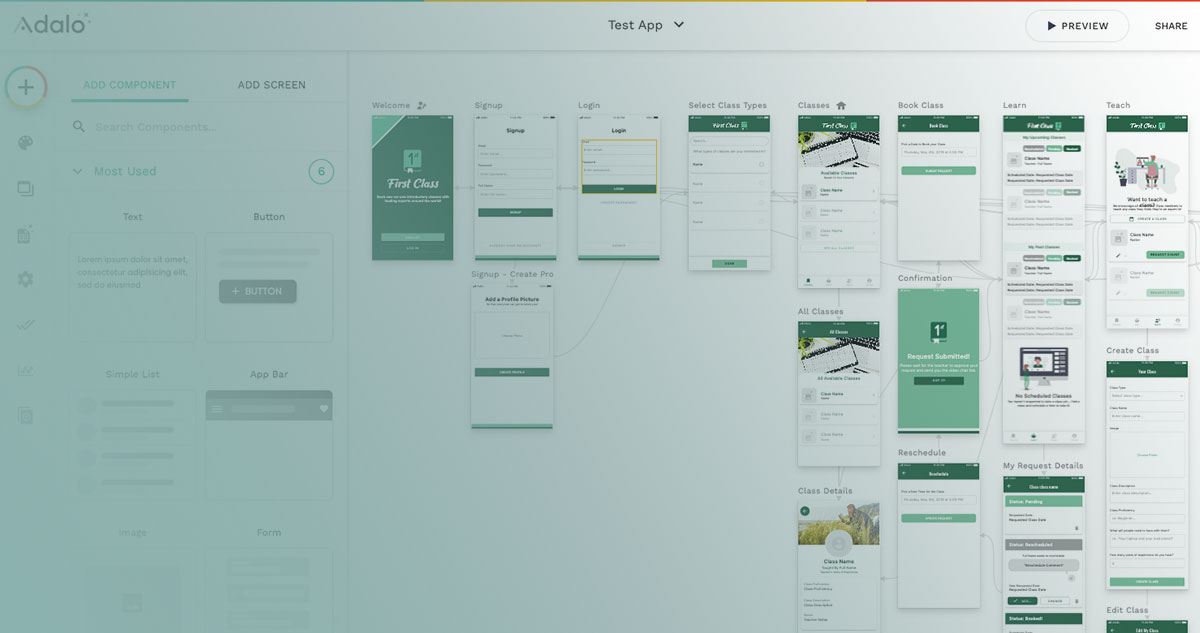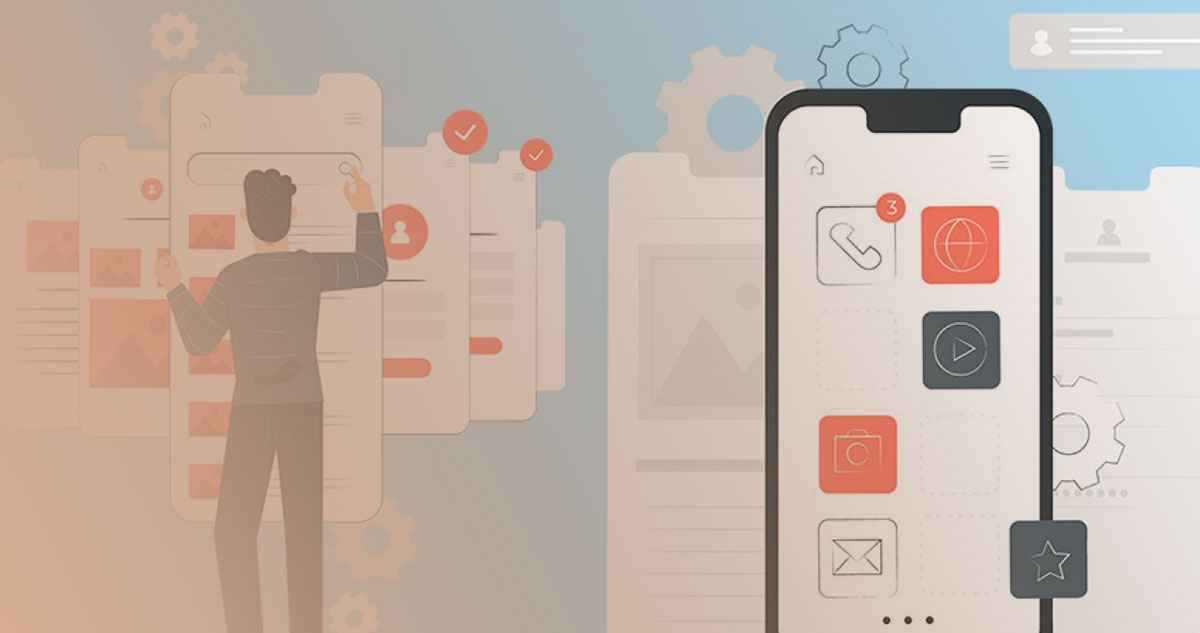Top Mobile App Analytics Tools to Track App Performance
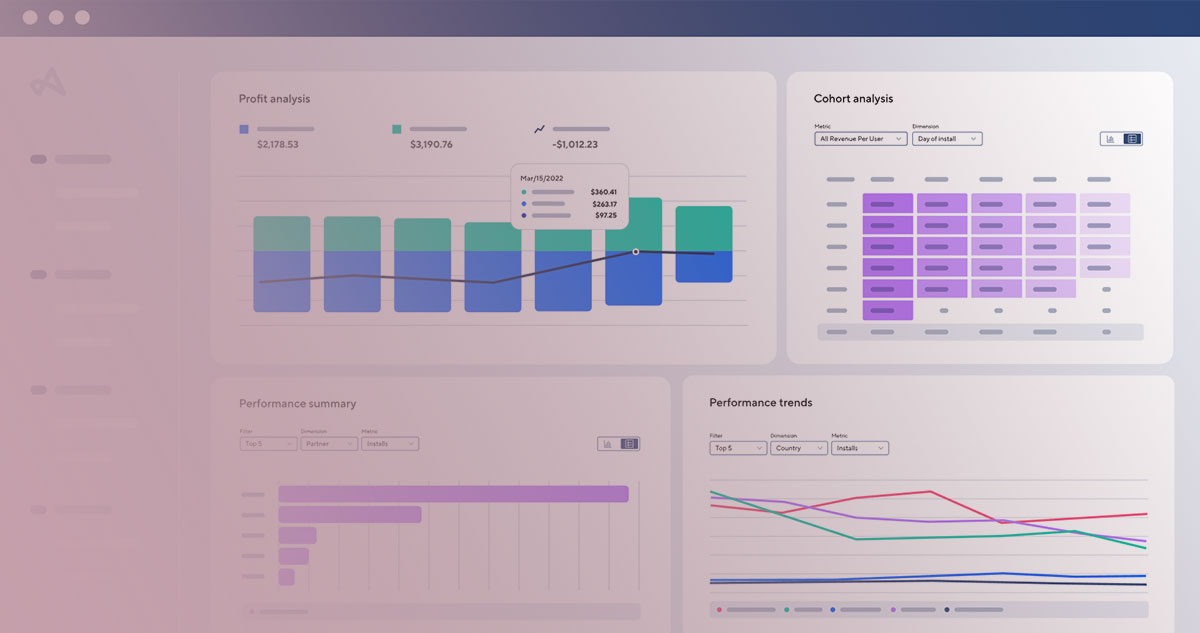
Imagine your mobile app as a living, breathing entity. It’s out there in the wild, interacting with users, but what’s really going on under the hood? Enter the world of mobile app analytics, a goldmine of insights just waiting to be unlocked.
This isn’t just data for data’s sake. The story it tells is vital, framing every click, swipe, and interaction into actionable intelligence that can pivot your app from surviving to thriving.
With the right analytics strategy, deciphering user behavior goes from guesswork to a fine art—where every decision is informed, every update optimized, and user retention strategies are more than just buzzwords.
Dive in, and you’ll emerge on the other side with a treasure trove of know-how on leveraging a cohort analysis to boost your decisions, or how event tracking can fine-tune that user experience you’ve worked so hard on.
Each screen flow and funnel analysis will no longer be abstract concepts, but tangible tools in your app-optimizing arsenal.
By journey’s end, you’ll navigate through the maze of metrics like conversion rates and session durations, armed to make your app the best it can be. Don’t just build. Analyze, optimize, and revolutionize.
Mobile App Analytics
| Mobile App Analytics Tools | Platform Support | Analytics Focus | Attribution Tracking | Pricing Model | Unique Features |
|---|---|---|---|---|---|
| Google Analytics | Web, iOS, Android | General Analytics | Yes (with Google Ads) | Free & Premium | Integration with Google Suite |
| Firebase | iOS, Android, Web | App Development | Yes | Free & Pay as you go | Focus on app performance and crashes |
| Flurry Analytics | iOS, Android, Web | General Analytics | No | Free | Day-of-install metrics |
| Mixpanel | Web, iOS, Android | User Behavior | Yes | Free & Tiered | User journey tracking |
| App Annie | iOS, Android | Market Data | No | Free & Premium | App market data insights |
| Localytics | iOS, Android | Engagement | Yes | Custom | Marketing and engagement campaigns |
| Countly | Web, iOS, Android | General Analytics | No | Open Source & Enterprise | On-premise hosting |
| Leanplum | iOS, Android | Engagement | Yes | Custom | A/B Testing & Personalization |
| Amplitude | Web, iOS, Android | Product Analytics | No | Free & Tiered | Behavior cohort analysis |
| Adjust | iOS, Android, Windows | Attribution | Yes | Custom | Ad fraud prevention |
| CleverTap | iOS, Android | Engagement | Yes | Custom | Behavioral segmentation |
| Kochava | iOS, Android, others | Attribution | Yes | Custom | Configurable attribution windows |
| Appsflyer | iOS, Android, others | Attribution | Yes | Custom | Protect360 fraud protection |
| Heap | Web, iOS, Android | User Actions | No | Custom | Auto-capture user interactions |
| Tune | iOS, Android | Attribution | Yes | Discontinued | – |
| Braze | iOS, Android, Web | Engagement | No | Custom | Campaign automation |
| AppDynamics | iOS, Android | Performance | No | Custom | Application performance management |
| UXCam | iOS, Android | User Experience | No | Custom | User session replay |
| Singular | iOS, Android | Attribution | Yes | Custom | Cross-device attribution |
Google Analytics
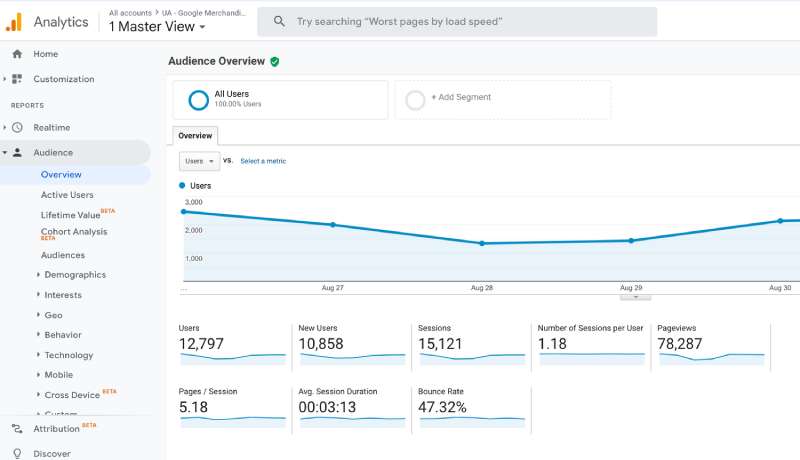
If we’re talking apps, Google Analytics is our go-to guy. This bad boy gives you insights on how users find and use your apps. What’s more, you’ll get data on user demographics, device information, and user acquisition details. All this good stuff in one neat package.
Firebase
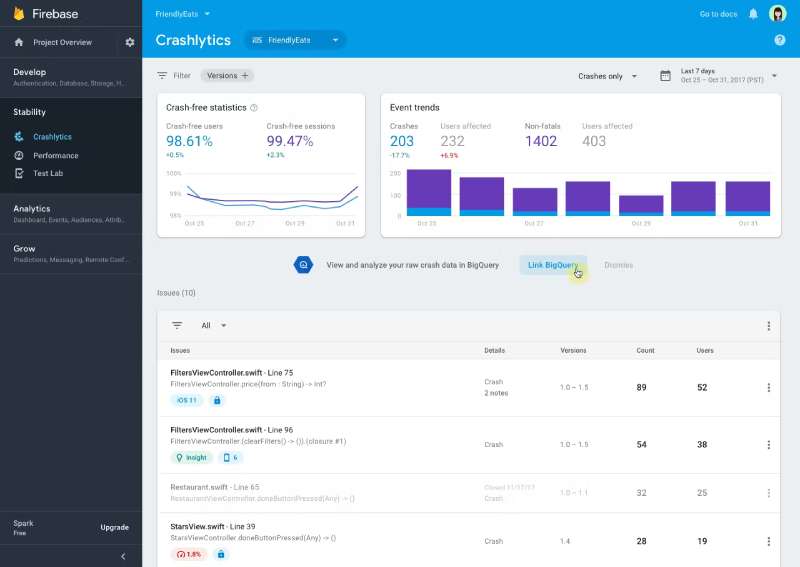
Next up, we’ve got Firebase. This buddy does more than just analytics – it’s a whole development platform! For analytics, though, it’s solid gold. Tracks active users, user behavior, and even the marketing campaigns. An all-rounder, you’d say.
Flurry Analytics
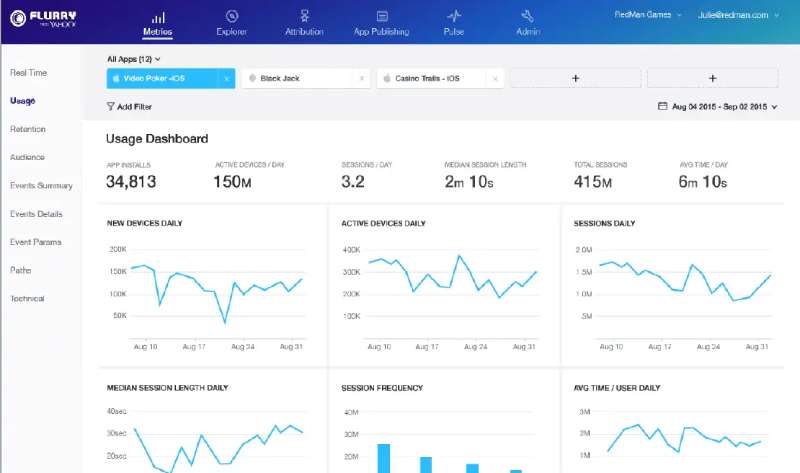
Flurry Analytics is your friendly neighborhood detective. It’s a free tool, but don’t let the price tag fool ya. Flurry gives you insight on user sessions, demographics, and user interests. An underdog who punches above its weight.
Mixpanel
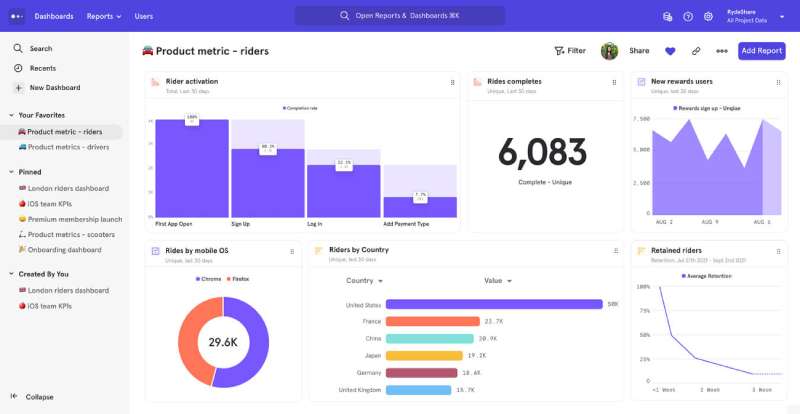
Knock, knock. Who’s there? It’s Mixpanel, with its event-based tracking. It tells you exactly what actions users are performing within your app. And it lets you create funnels, cohorts, and more. Your secret weapon for understanding user behavior.
App Annie
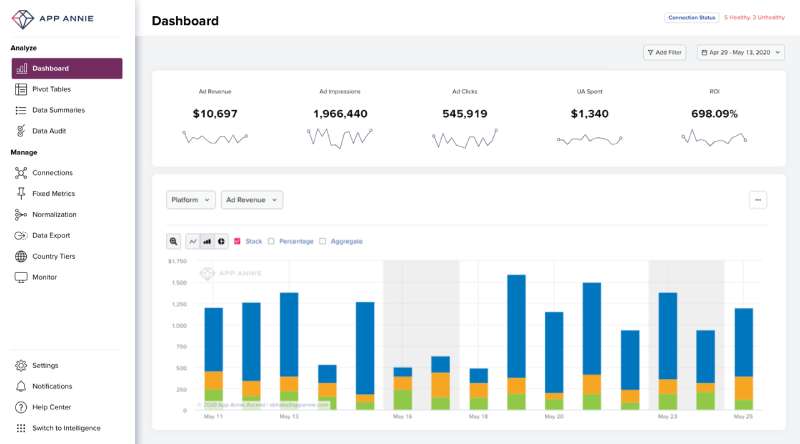
Ah, App Annie. An industry staple for app market data. It gives you the lowdown on your app performance across various platforms. And get this, it even gives competitor insights. So, you know where you stand in the big picture.
Localytics
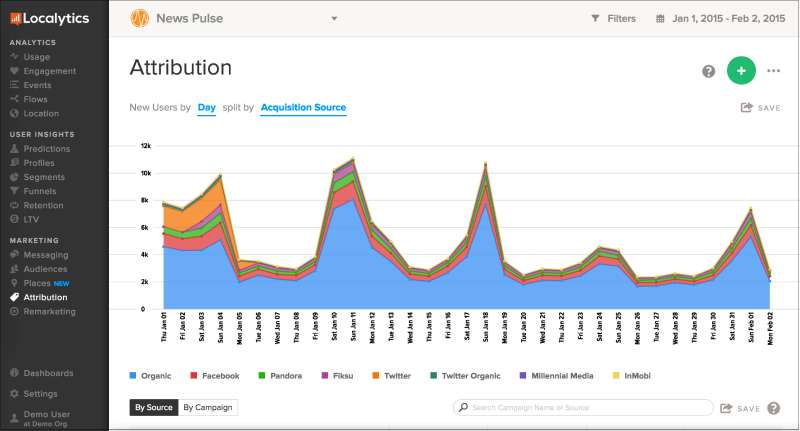
On deck is Localytics. Its real-time analytics help you track user engagement and retention. It lets you build custom dashboards and segment users. Like having a personalized crystal ball for your app.
Countly
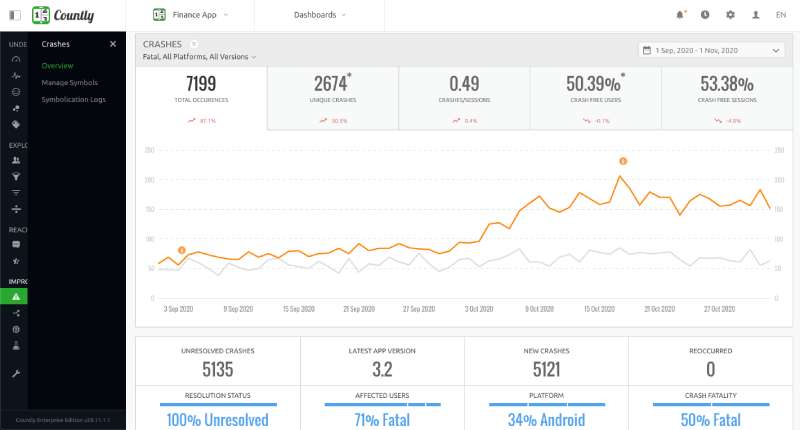
Meet Countly, the open-source champion. It covers a broad spectrum, from tracking user details to crunching event metrics. Bonus – it’s highly customizable to your unique needs. An analytics tool that dances to your tune.
Leanplum
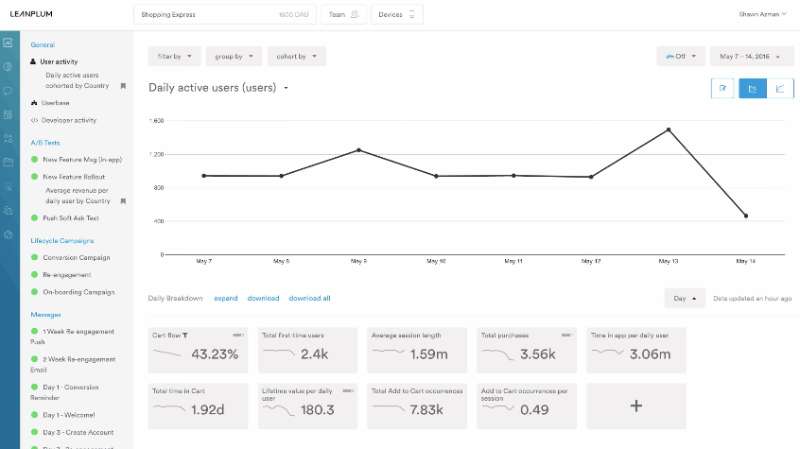
Enter Leanplum, an engagement-focused tool. With in-depth analytics, it gives you insights into in-app behavior. And, it lets you run A/B tests and send personalized messages. So, you’re not just watching users, you’re connecting with them.
Amplitude
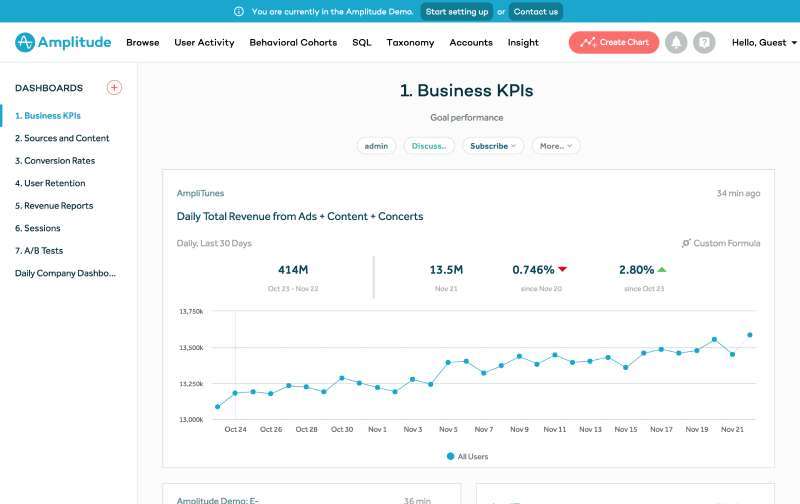
Halfway there, we’ve got Amplitude. This tool specializes in product analytics. It’s all about improving user experience by identifying key points in customer journeys. Like a magnifying glass for your app’s product experience.
Adjust
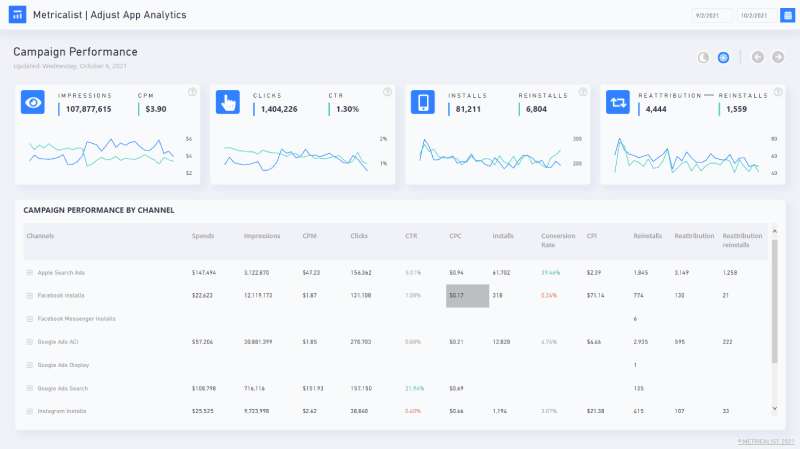
Roll out the red carpet for Adjust. This tool is all about mobile advertising analytics. It helps you understand where your users come from and how they engage with your app. Like having a personal detective for your ad campaigns.
CleverTap
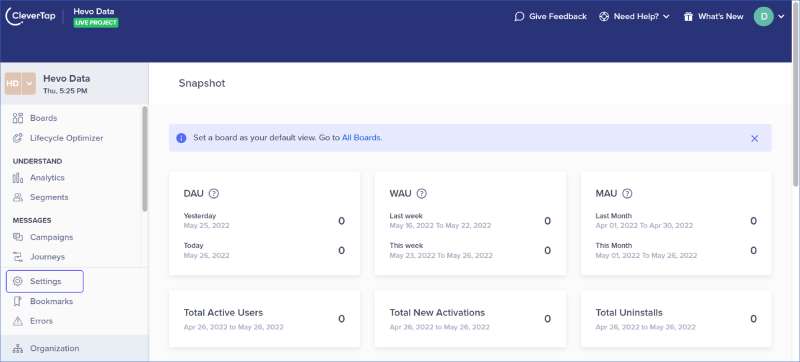
Next on stage, CleverTap. This one combines real-time user insights with an advanced engagement suite. So, you can make data-driven decisions and improve user retention. A one-stop-shop for analytics and engagement.
Kochava
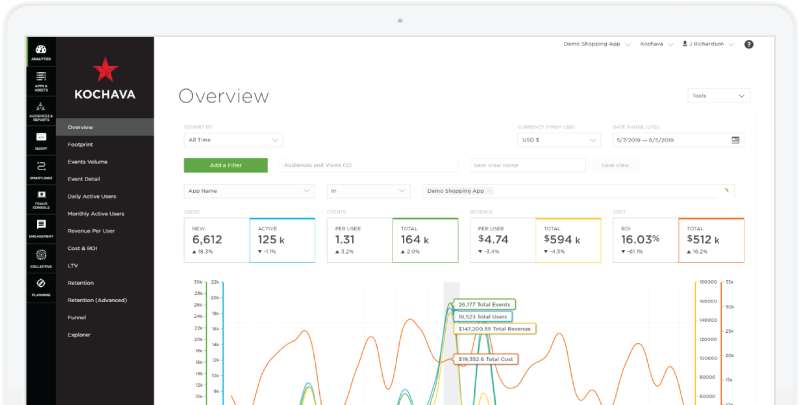
Give it up for Kochava, an industry-leading mobile attribution platform. It helps you measure the impact of your marketing efforts across various channels. And yeah, it provides real-time analytics too. Like a Swiss Army knife for app marketers.
Appsflyer
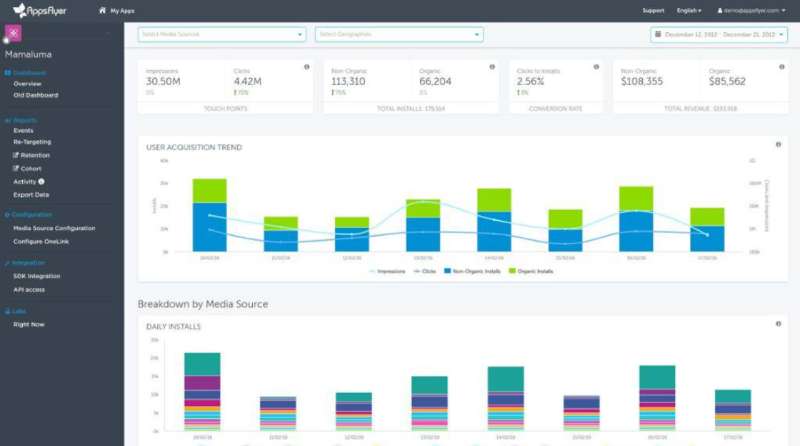
Spotlight on Appsflyer, another major player in mobile attribution. It gives you the lowdown on your marketing campaigns and user acquisition. Plus, it’s got fraud protection to keep your data legit. Your secret shield against false data.
Heap
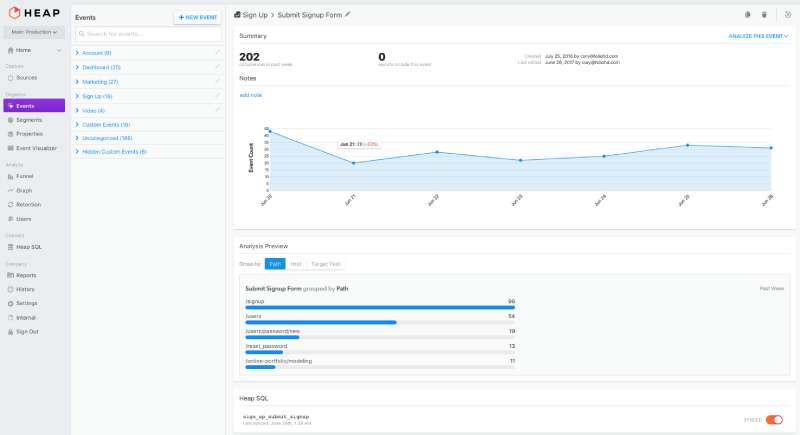
Say hello to Heap, the automatic analytics tool. It captures all user interactions in your app without you needing to define events or properties. It’s like having an analytics tool that does all the heavy lifting for you.
Tune
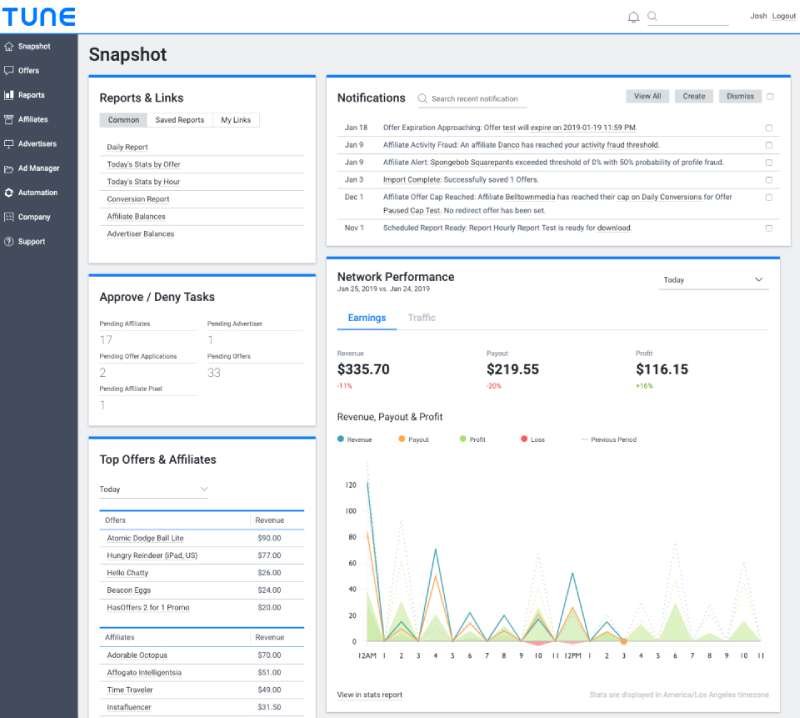
Cue the drumroll for Tune. This tool helps you manage your marketing partnerships. It’s got built-in fraud prevention, and it measures the user journey across channels. Like having a bird’s eye view of your marketing landscape.
Braze
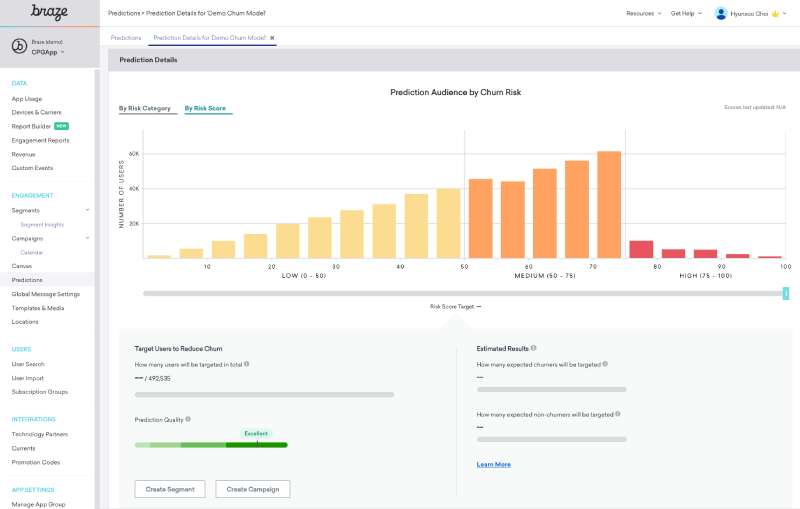
Next in line, we have Braze. This one’s all about customer engagement. It uses real-time data to deliver personalized messages across various channels. Plus, it offers robust analytics to boot. Your secret weapon for user engagement.
AppDynamics
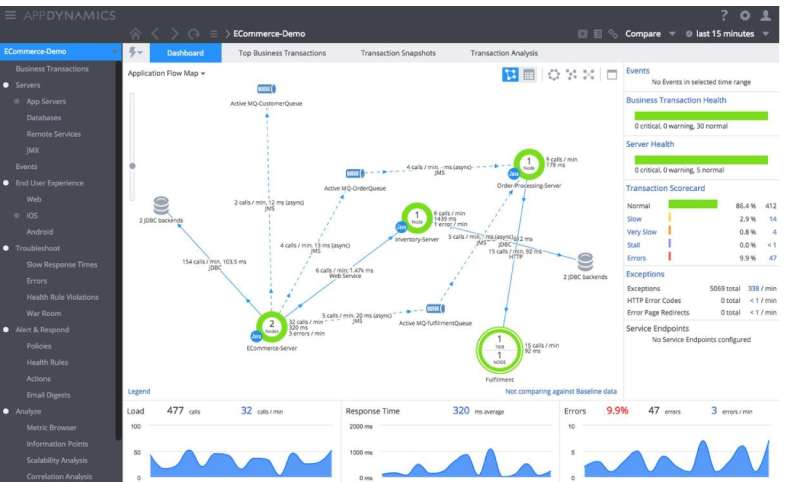
Stepping up is AppDynamics. It’s not just about user analytics, but also about app performance. So, you get to know how your app’s doing and where it needs a tune-up. It’s like having a health-checkup for your app.
UXCam
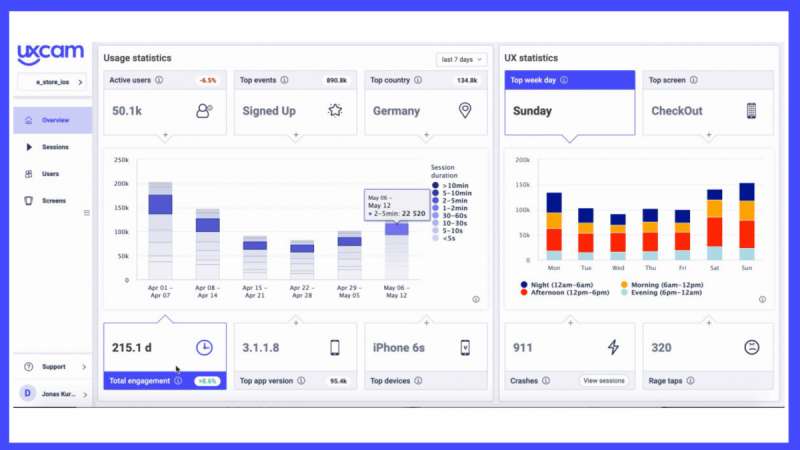
Meet UXCam, the tool that brings user experience into focus. It records user sessions and identifies usability issues. So, you get to understand what works and what doesn’t in your app. Like having a user feedback session without the users.
Singular
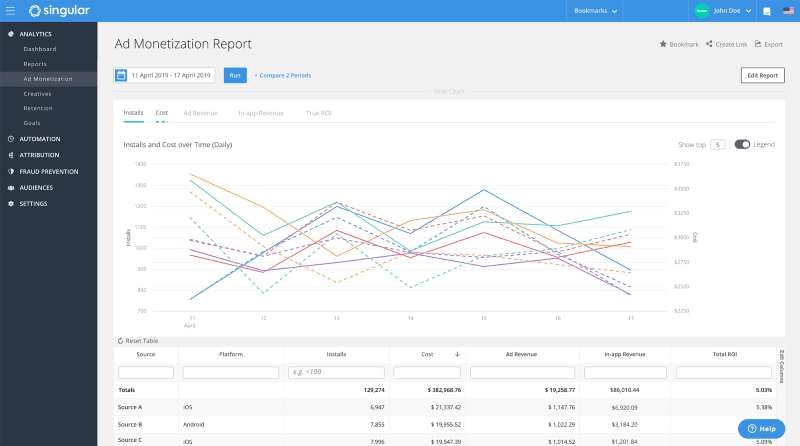
Last but not least, we’ve got Singular. This tool combines attribution data with marketing analytics. It helps you measure ROI and optimize your marketing spend. The cherry on top? It supports multiple platforms and channels. Your personal finance manager for your app.
FAQ On Mobile App Analytics
What exactly are mobile app analytics?
Mobile app analytics, right? Think of it like a fitness tracker but for your app. It’s all about gathering data on how folks use your app, from the first tap to their ultimate purchase or goodbye.
You’re tracking metrics that matter, like user retention, finding out where your app’s killing it or, you know, could use a little CPR.
How do they help improve user engagement?
Ah, engagement. That elusive hook. Look, it’s simple: Analytics tell you what features get love and which ones get the cold shoulder. Real-time analytics shine a spotlight on where users drop off. It’s like playing matchmaker between your app and users, ensuring they swipe right more often.
What’s the deal with app conversion rates?
So you’ve got users downloading your app—great start. But are they sticking around, making purchases, joining the party? That’s where conversion rates strut in. They’re your litmus test for how effectively you’re turning users into loyal, paying customers. High rates? You’re on fire. Low? Time to rethink the strategy.
Can analytics predict user behavior?
Predicting user behavior is a bit like weather forecasting—part science, part educated guesswork. But, yes, analytics—armed with machine learning—give you a solid sneak peek into future patterns. Trends, habits, you name it. It’s all about spotting those patterns and forecasting what users might do next.
Are these tools tough to integrate and use?
Integration? Piece of cake for most tools, especially with mobile SDKs designed to play nice with your app. Usability’s a priority, buddy, and these platforms mostly come with a user-friendly dashboard. They’re here to make life easier, not give you a headache.
How can analytics track user acquisition?
Imagine you’re fishing. User acquisition metrics are like sonar systems on your boat—they pinpoint where the fish, ahem, users are biting. Which campaigns are reeling ’em in? Which are just sitting there, bobbing uselessly? Whip out your analytics rod, and you’ll hook the right strategy in no time.
What kind of user behavior insights can analytics provide?
We’re talking the who, what, when, and how long of user interactions. Analytics tools are little detectives, unveiling the story behind each session, the plot twists of user journeys, and the grand finale of their interactions. It goes deep, way beyond the surface level, digging into every tap and swipe.
Is there a way to measure an app’s ROI using analytics?
Absolutely, measuring your app’s ROI is analytics 101. Check this: You’ve got all your costs on one side and what you earn from the app on the other. Analytics tools track revenues, user lifetime value, and they pit these against your ad spend or development costs. Numbers don’t lie.
How do mobile app analytics influence marketing strategies?
Marketing without analytics is like shooting arrows in the dark—waste of time, waste of money. But light up the target with analytics? Now you’re talking precision. Custom event analysis feeds your strategy, showing what campaigns work, which fizzle out, and where your marketing dollars should be marching.
What about data privacy with mobile app analytics?
Data privacy—it’s the line in the sand you don’t cross. Analytics tools are built with privacy in mind, adhering to regulations like GDPR and CCPA. It’s about balancing what you learn from users while giving them the reins over their own data. Transparency’s the name of the game.
Conclusion
So, mobile app analytics. You’ve cruised through the data highways and byways, right? You’re all set to rev up that app performance. Here’s the wrap-up:
- Analytics aren’t just a bunch of dry stats; they’re the sparks that can ignite your app’s potential.
- Think about A/B testing: tiny tweaks based on solid data that can lead to sky-high user engagement.
- Your marketing strategies? They’re now on point, laser-focused on what gets those conversion rates jumping.
It’s clear: whether you’re talking funnel analysis, user retention, or app optimization, this journey isn’t just about following the map. It’s about drawing your own, with insights as your compass. You better believe it—your app’s future’s looking brighter than a screen on max brightness.
And privacy? It’s got a front-row seat. Hand-in-hand with analytics, you’re respecting it, rocking it, all while keeping your users in the loop. That’s winning, that’s responsible, that’s the future. Now go get ’em, tiger.
If you liked this article about mobile app Analytics, you should check out this article about the best IDE for Golang.
There are also similar articles discussing the best IDE for Linux, the best IDE for PHP, the best IDE for Rust, and the best IDE for Ruby.
And let’s not forget about articles on the best IDE for Scala, the best IDE for TypeScript, the best IDE for React, and the best IDE for Android.
- The Rise of Account Planning Software in B2B - May 7, 2024
- Professional Networking: Essential Apps Like LinkedIn - May 7, 2024
- Steps to Ensure the Safety of Business and Customer Information - May 7, 2024






